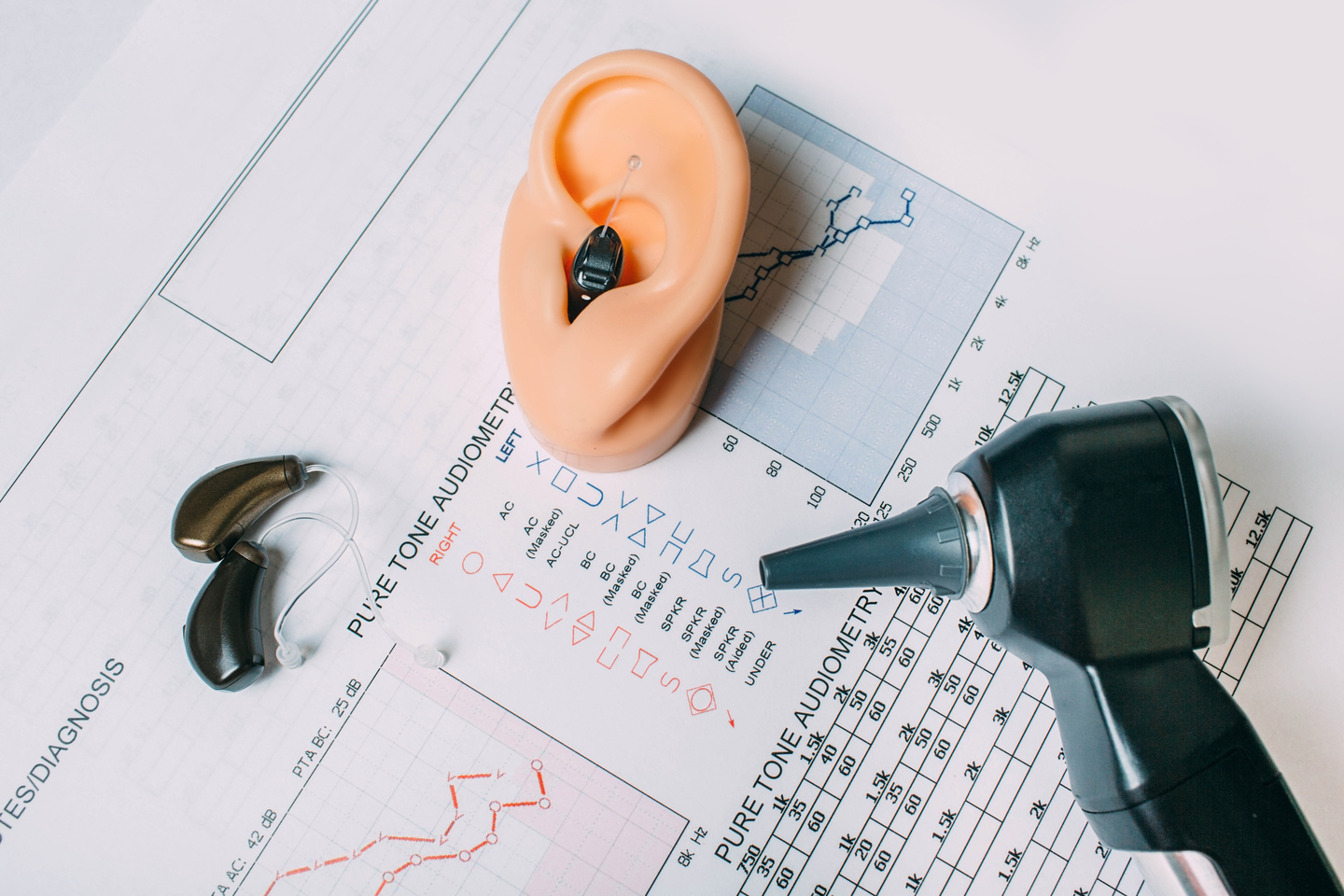Ear Infections
Exploring the Anatomy of the Ear and Types of Ear Infections
The ear can be divided into three regions: The outer ear, the middle ear, and the inner ear. The outer ear includes the ear canal all the way up to the eardrum. The middle ear is the portion of the ear that contains the three ossicles for hearing: the Malleus, the Incus, the Stapes. The inner ear contains the cochlea and semicircular canal which help with balance and converting the vibrational signals from sound into electrical signals for the brain to interpret. There are several different types of ear infections that can occur based on their region, these include:
1. Outer Ear Infections (Otitis Externa)
These infections are mainly caused by water trapped within the ear canal which allows for bacteria to grow causing pain within the ear. It can also be caused by fungal infections as well as allergies.
The symptoms include:
- Itchiness within the ear canal
- Ear pain
- Hearing loss
Discharge of liquid/pus from the ear canal.
Treatment options:
Typically outer ear infection can resolve within a few days and even sometimes on their own. If this is not the case, ear drop medication can be prescribed to you by your physician, which will need to be used several times a day for a week.
2. Middle Ear Infections (Otitis Media)
These infections are mainly caused by bactea or a virus trapped within the air-filled sac of the middle ear. This infection can cause the excess fluid released from the pus to press against the eardrum causing a lot of pain.
The symptoms include:
- Ear pain
- Fever
- Hearing loss
Discharge of liquid/pus from the ear canal.
Treatment options:
Typically middle ear infections can resolve on their own within a few days. However, if this is not the case the best treatments for these infections will be antibiotics. In some cases, your physician may need to prescribe ear drop medications as well. You should make sure to consult your doctor about the risks of taking antibiotics.
3. Labyrinthitis and Vestibular Neuritis (Otitis Interna)
Labyrinthitis is caused by inflammation of a portion of the inner ear known as the labyrinth. The labyrinth is responsible for hearing and balance, which is why when inflamed these are the functions that are affected.
Vestibular Neuritis is caused by inflammation of the vestibulocochlear nerve. This nerve is responsible for balance and sending electrical sound signals to the brain. These infections are mainly caused by a virus, however in some cases the infection can be bacterial. Due to the fact that these two infections
The symptoms include:
- Episodes of vertigo
- Hearing loss
- Tinnitus
- Nausea
*Due to the fact that these two infections are similar in nature the main distinguishing factor between the two can is hearing loss.*
Treatment options:
There are several treatment options to help alleviate the symptoms of inner ear infections. These include utilization of corticosteroids and antiviral medications to aid in reducing inflammation and removing the virus. If there are suspicions of a bacterial infection, antibiotics can be prescribed as well.








